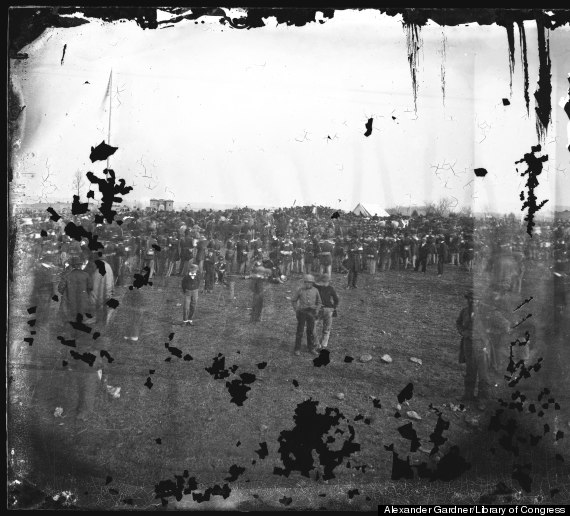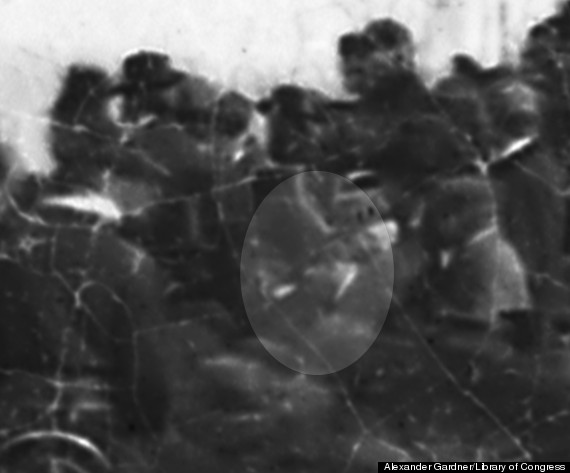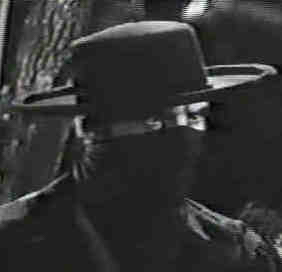Author Alec Nevala-Lee for Salon magazine offers a fascinating article regarding TV shows with long, overarching “stories”…and the perils inherent in doing this:
http://www.salon.com/2013/09/17/lessons_of_the_x_files_the_one_show_every-tv_exec_should_be_watching/
What I found the most interesting about the article can be found in the first few lines:
A television series is a shapeshifter. At birth, it looks fully formed, but its bones and vital organs are dangerously undeveloped, and it’s forced to compete immediately with countless other shows ravening to take its place. To stay alive, it evolves from one week to the next, sometimes radically, but also blindly, so it won’t know for months whether its latest adaptation is a brilliant strategy or a fatal mistake.
Love the above lines and found a lot of truth in them. Further, it got me thinking about some recent shows with longer story arcs and a term that has been used to disparage such shows when said story arc suffers: “They’re making it up as they go along.”
Such a term, unfortunately, really did apply to the revamped Battlestar Galactica series and was driven home at the start of each episode, when the title sequence announced that the dreaded Cylons had a “plan”. Unfortunately by the end of the second season it didn’t appear there was any plan at all.
However, with regard to the notion that “they’re making it up as they go along,” ALL stories are “made up” and fixed and poured over as the many authors involved in them go along. In the case of TV shows, its silly to think that what is set out by the writers before a single scene is filmed will be an immovable or unchangeable Bible when the time comes to actually film the show.
Star Trek, the original series, began as a pilot that featured only one character who would return to the second pilot and subsequent series, Leonard Nimoy’s Spock…though the Spock of the first pilot episode was considerably more emotional.
Kirk, McCoy, Scotty, Sulu, Uhura, and Chekov -every one of them!- were later additions, some not appearing until well into the series. As for William Shatner’s Captain Kirk, his first appearance was in the second pilot, “Where No Man Has Gone Before”.
One of my favorite TV shows, The Wild Wild West, similarly, featured more and more interplay between the main characters and more and more outlandish, pulp inspired action as it went along, versus the far more “straight” pilot episode.
The second season of Lost, perhaps my least favorite season (except for a few interesting episodes here and there), made the bad decision (in my mind) to focus waaaay too much on the survivors of the rear of the fallen aircraft. By this point, I as a viewer wasn’t interested in following a whole new cast of characters…I wanted to see what was happening to the characters we had grown to love in the first season. Clearly the writers were trying out different things but even they appeared to realize the whole “tail section survivors” subplot was going nowhere and, by the end of the second season, essentially did away with the entire subplot (not to mention many of the characters!).
In the case of these and almost all other shows, the talent behind and in front of the cameras over time experimented with story lines and realized what worked and, assuming they had success with the series, what didn’t. Over this same period of time adjustments were made, often on the fly. In two sections of the article, the author notes the problem and, ironically enough, the resultant success of searching for a way to create a winning formula in The X-Files:
When I first encountered (The X-Files), part of me was irked by its narrative amnesia, in which each case’s incredible events were forgotten by the following week, but it didn’t have much of a choice. Each episode had to stand on its own; the show, always seemingly on the verge of cancellation, had to keep moving or die.
What strikes me now about the first season of “The X-Files” is how relentlessly it kept reinventing itself, and how willing it seemed to try anything that worked.
Again, The X-Files is hardly the first show that has had to creatively tap dance while looking for the ingredients to make the whole thing work and, even more importantly, succeed in an unforgiving marketplace where cancellation lurks behind every corner.
As I said, a fascinating article. Give it a read when you get a chance!
Like this:
Like Loading...



